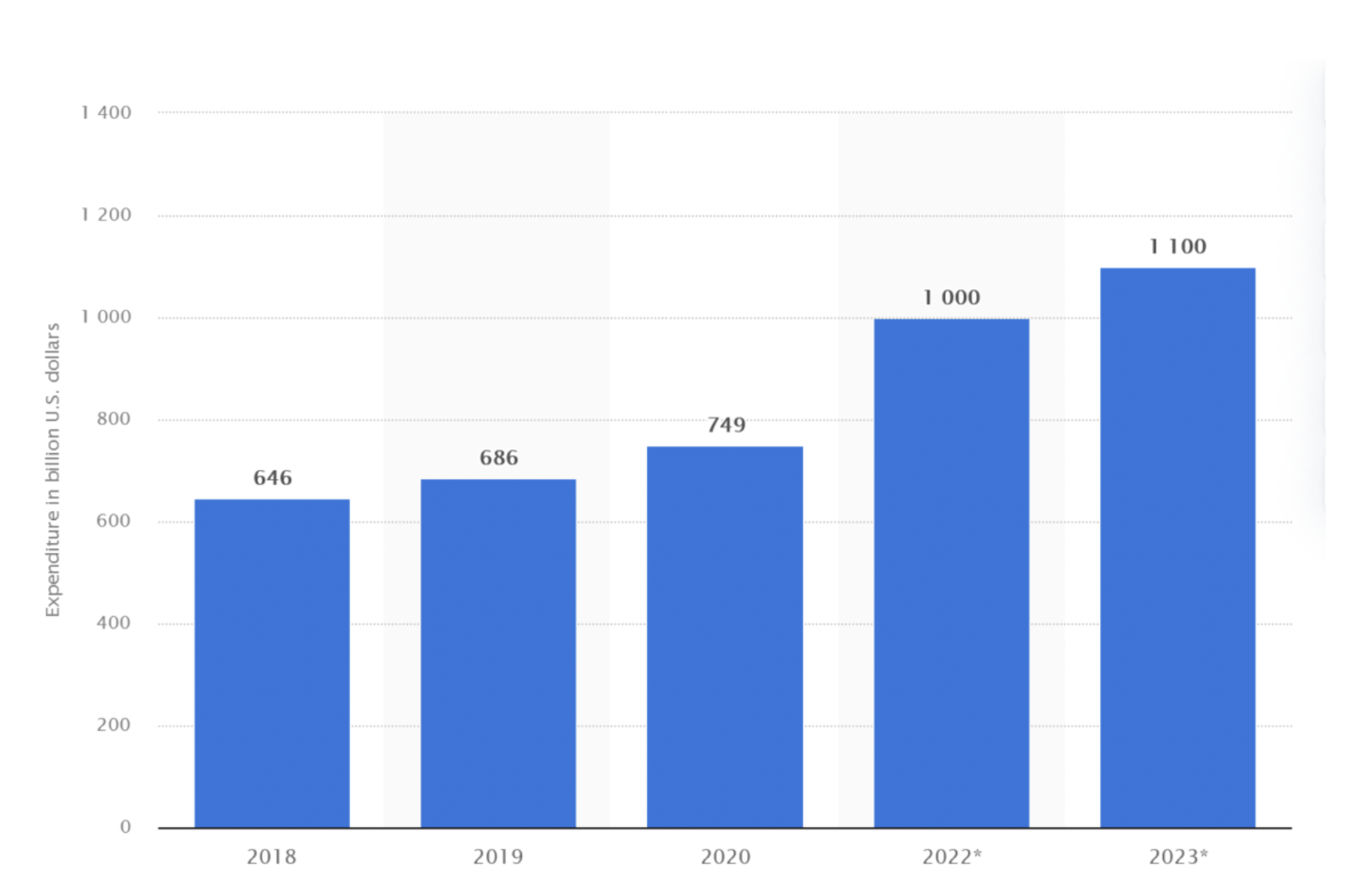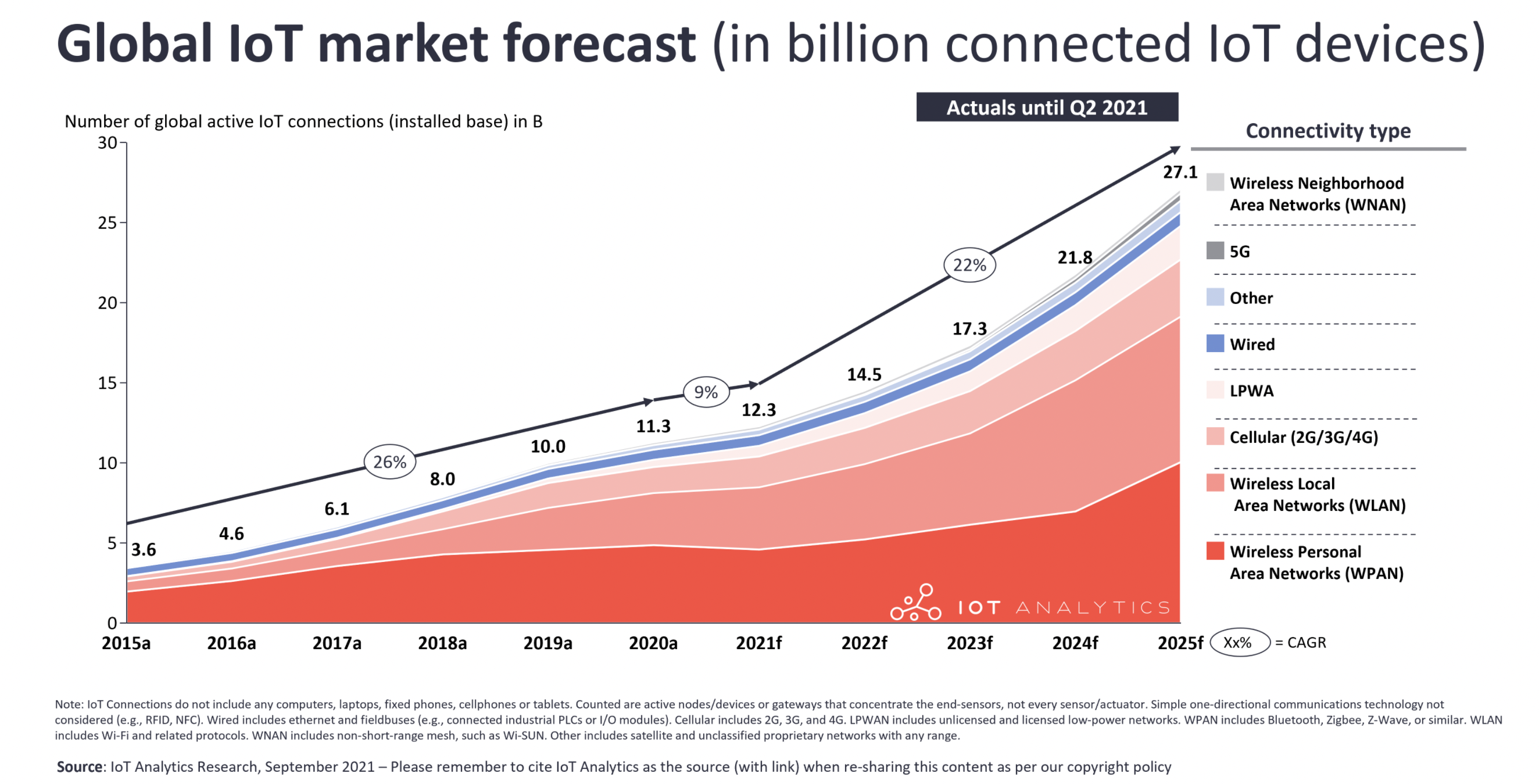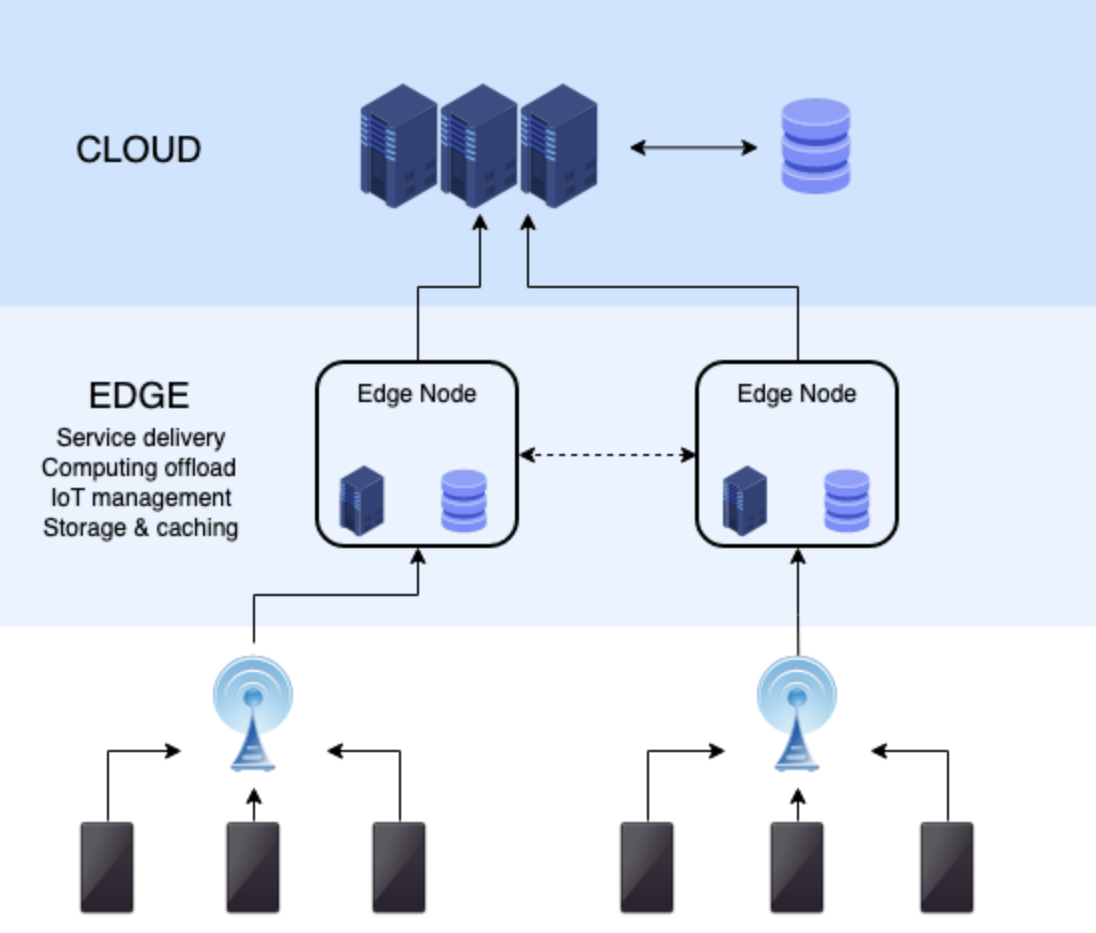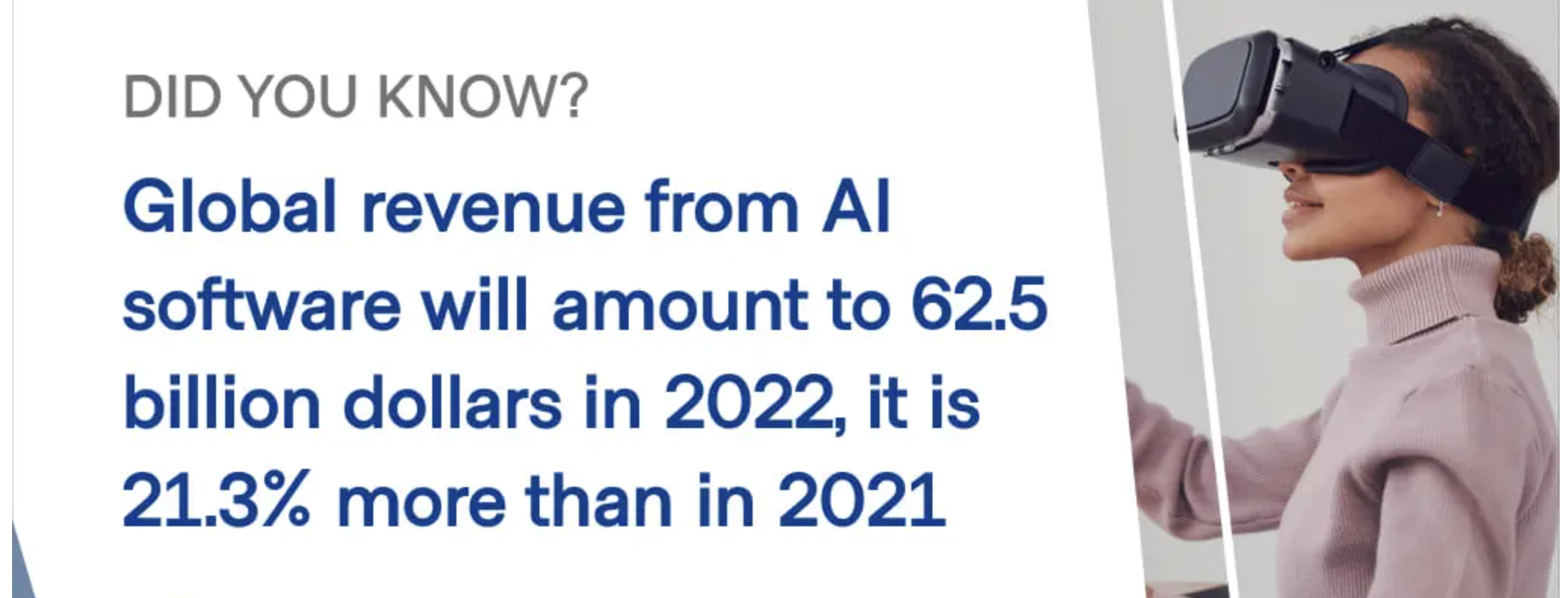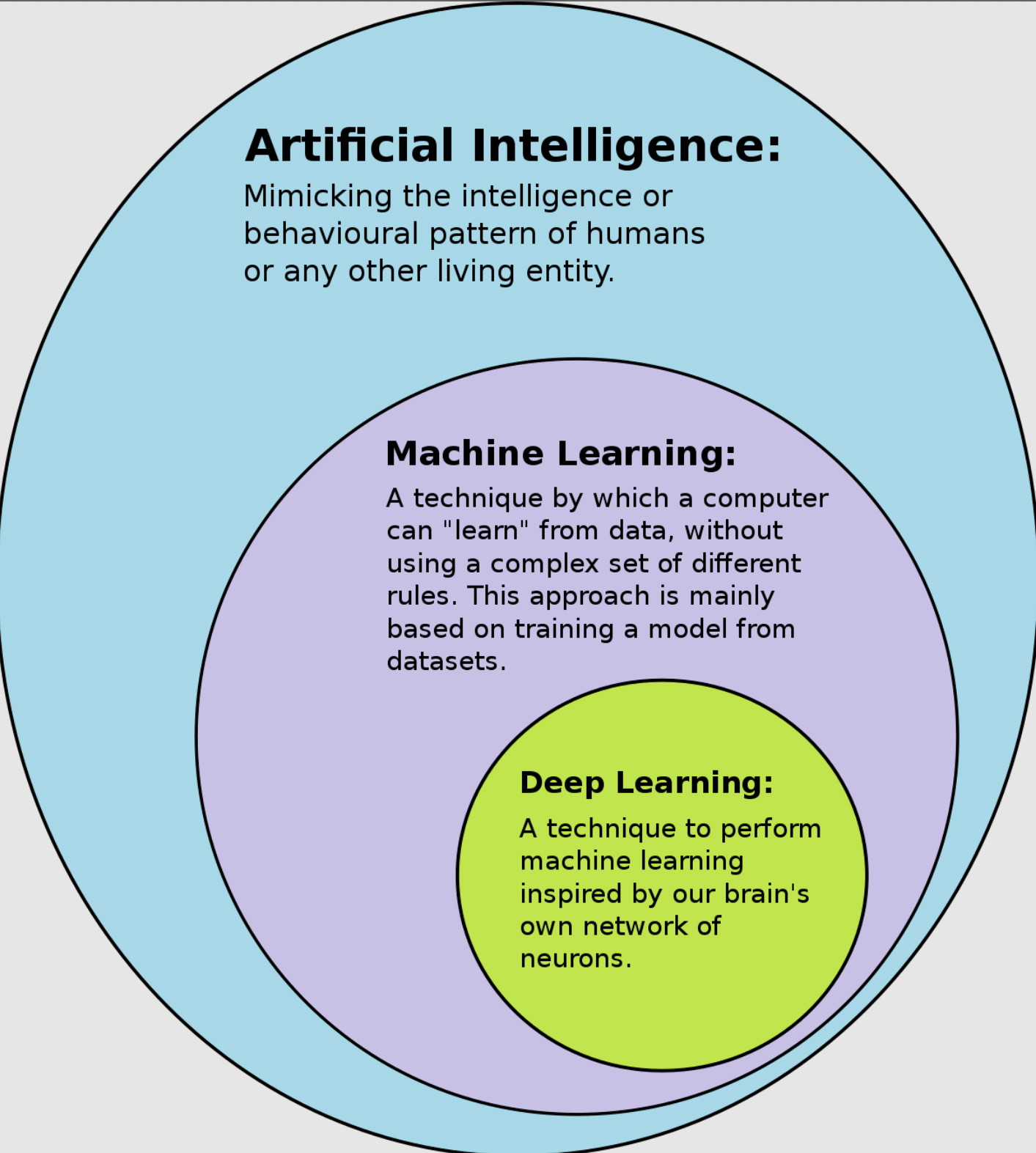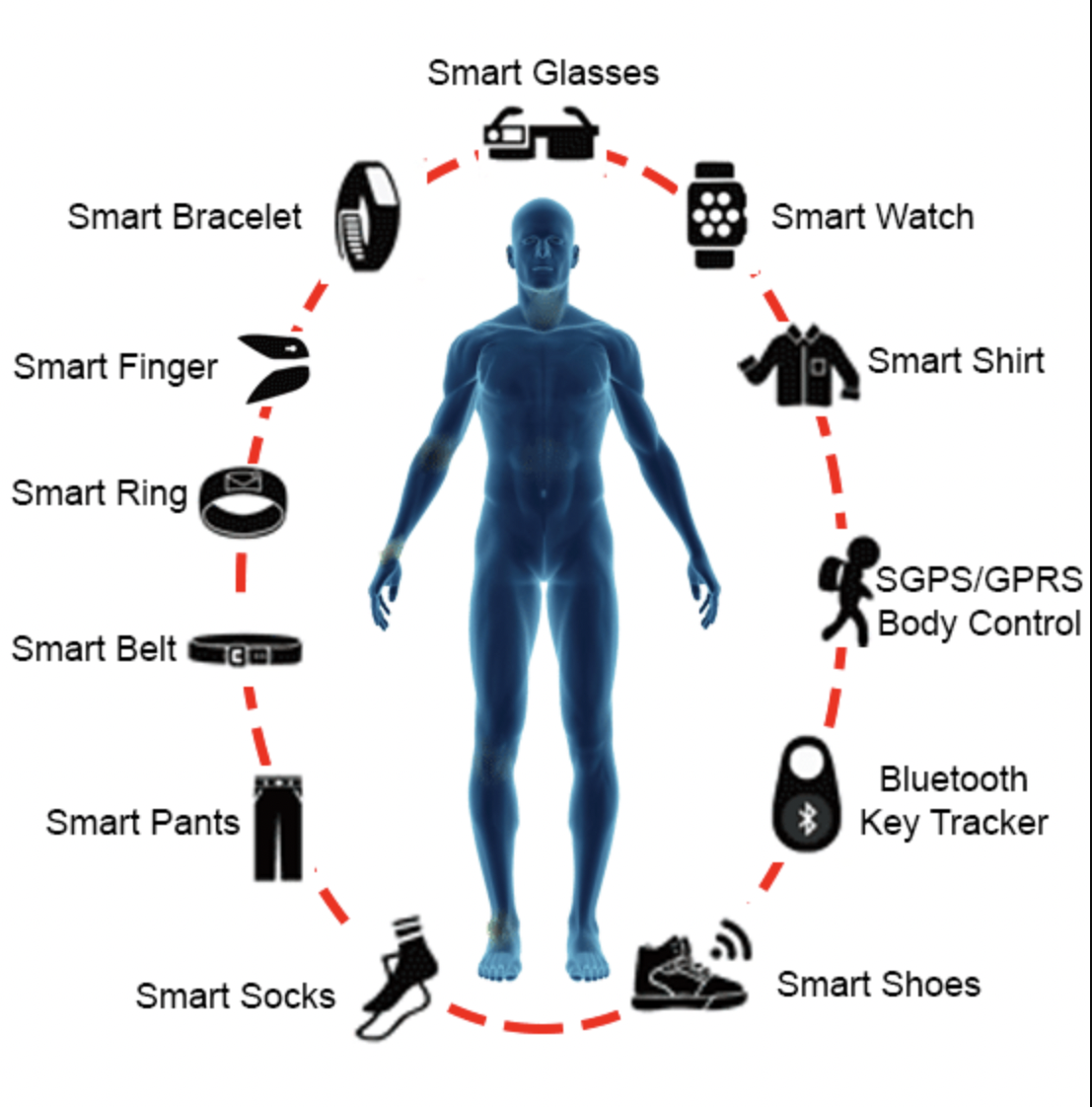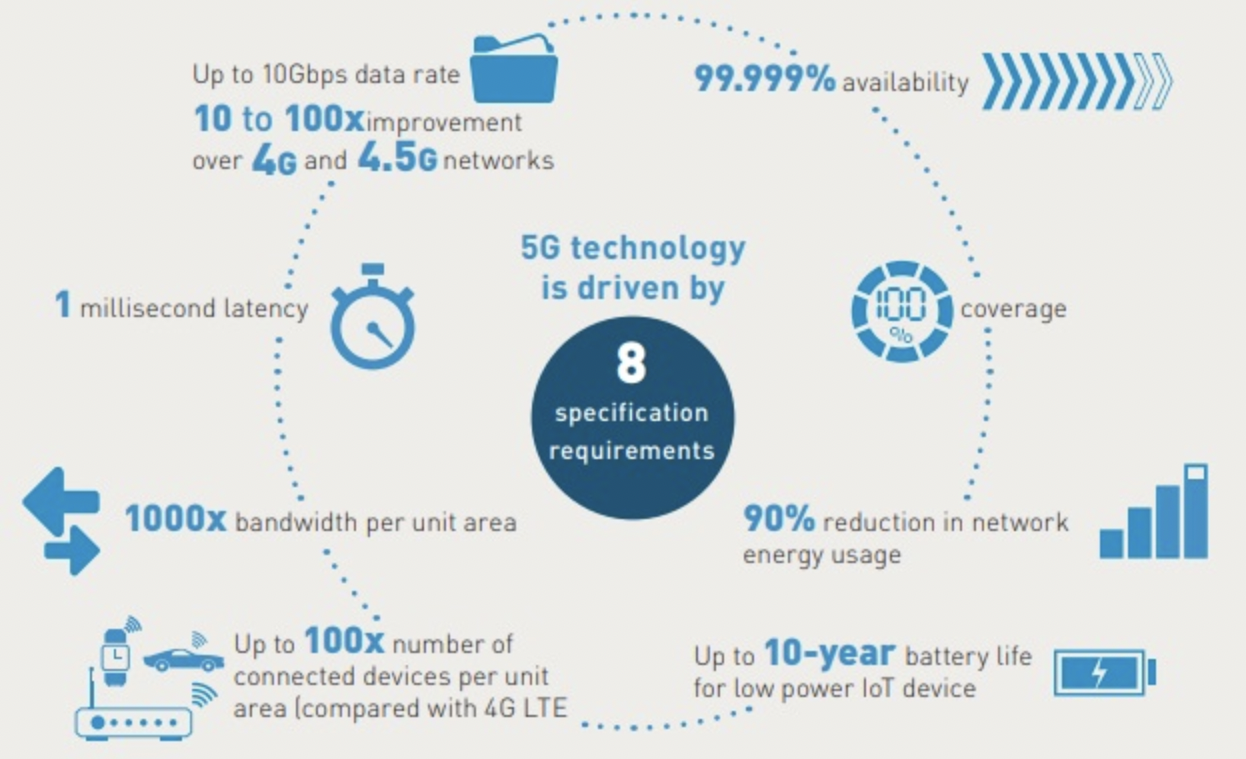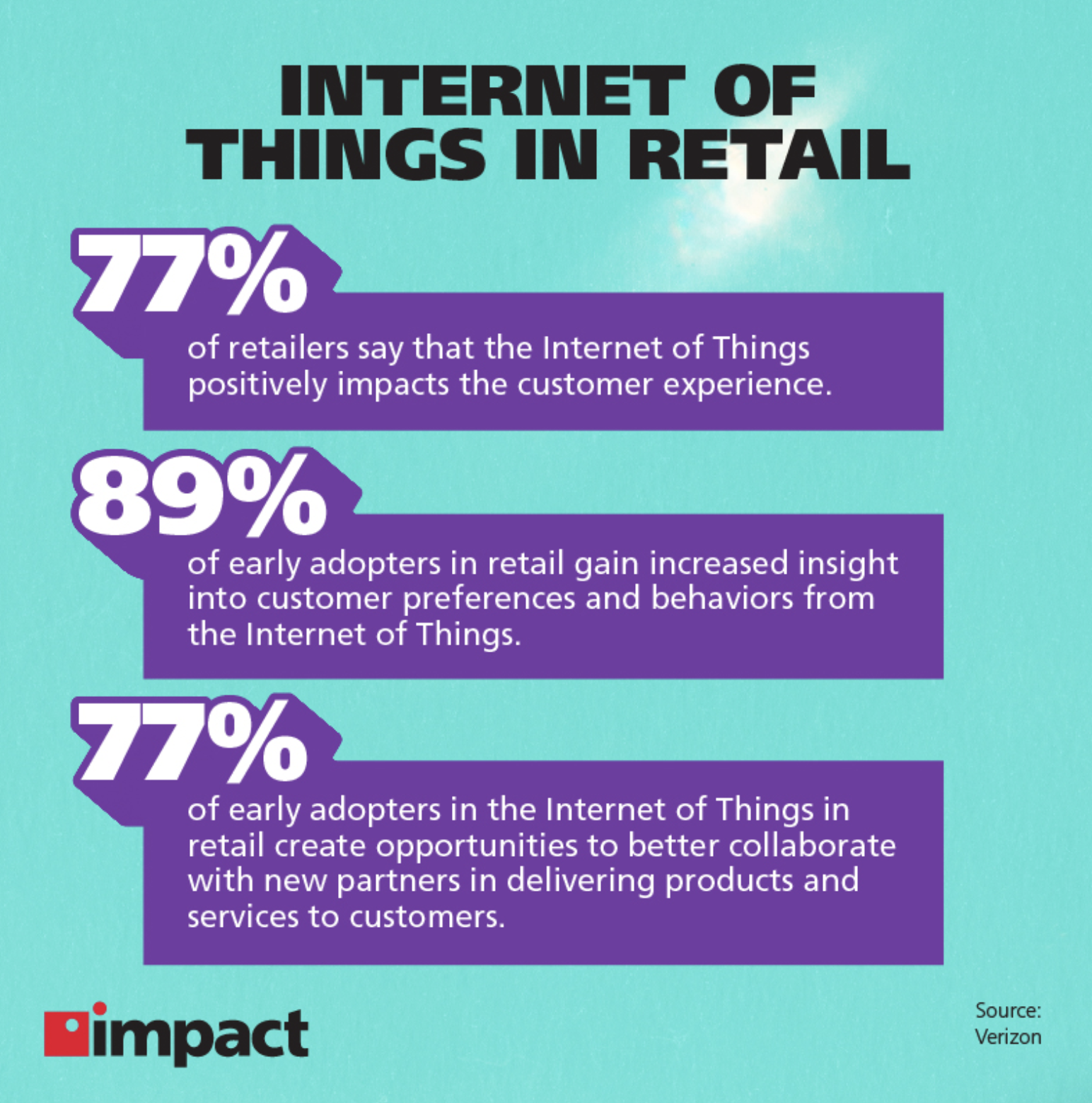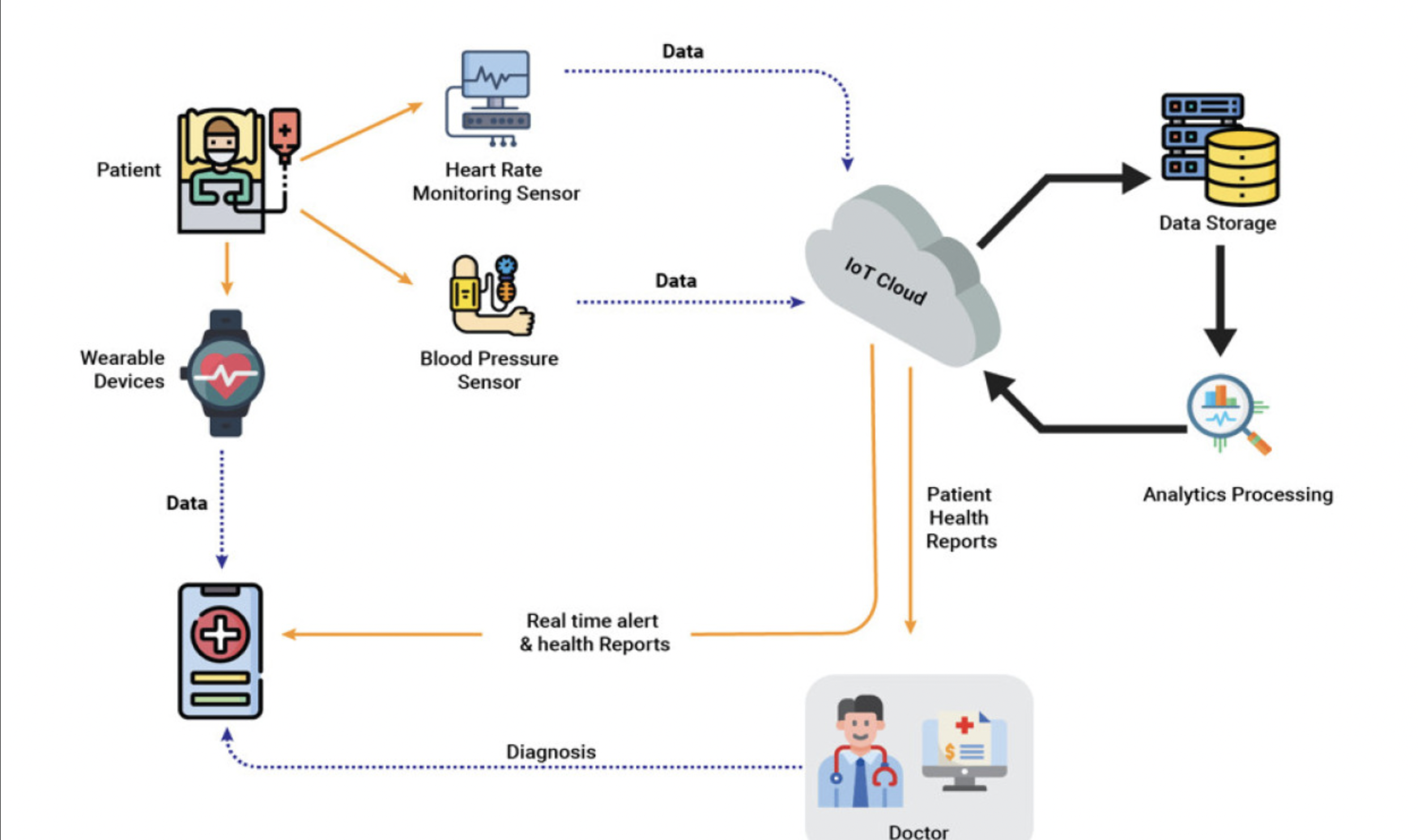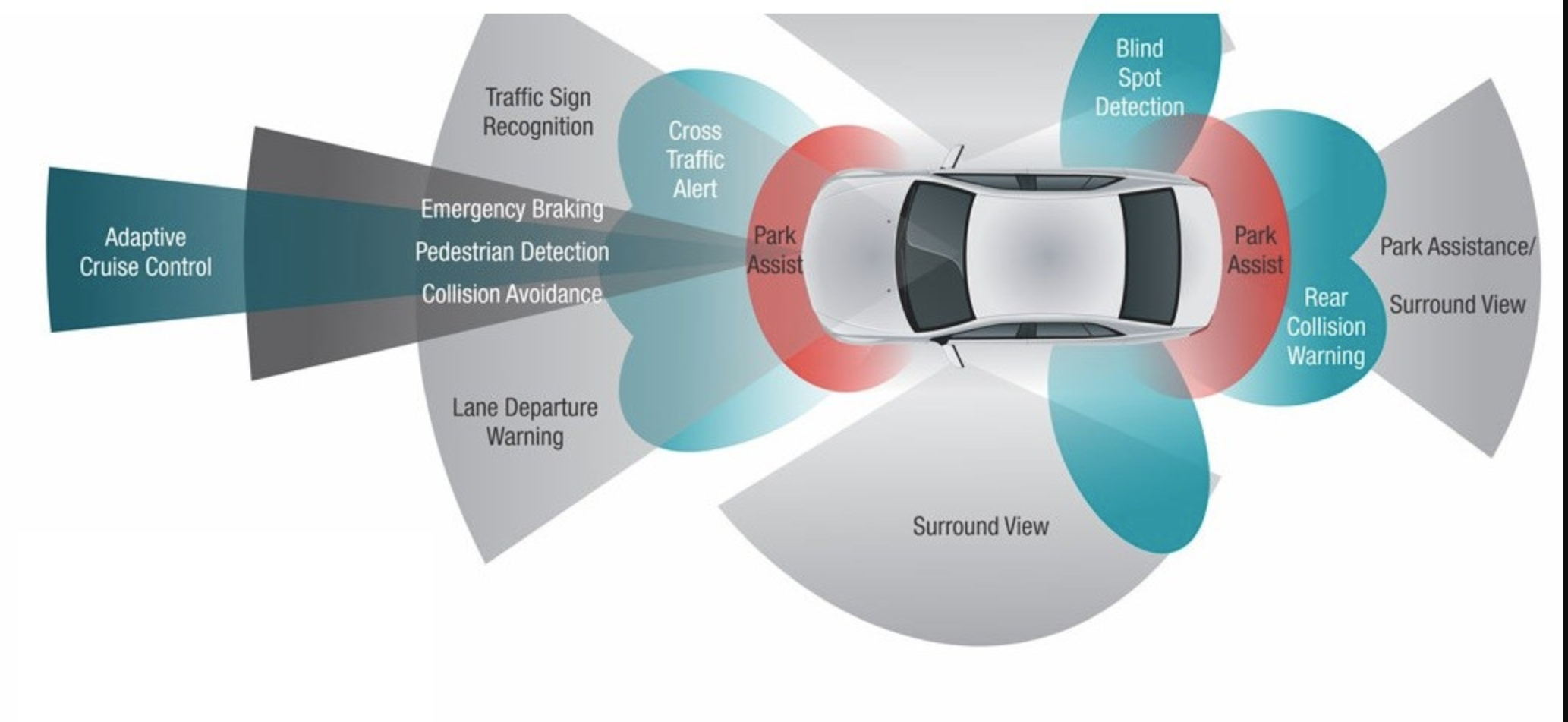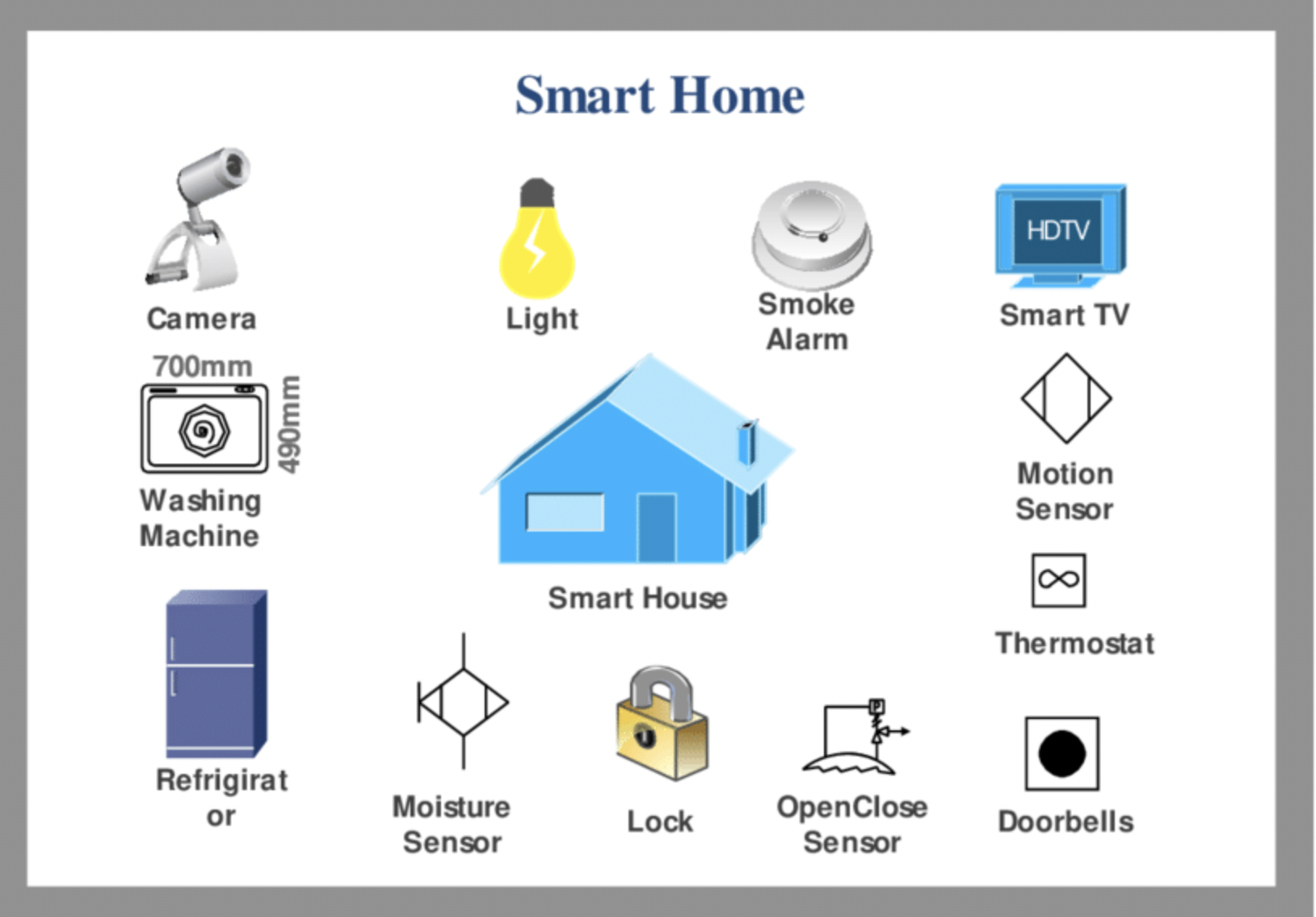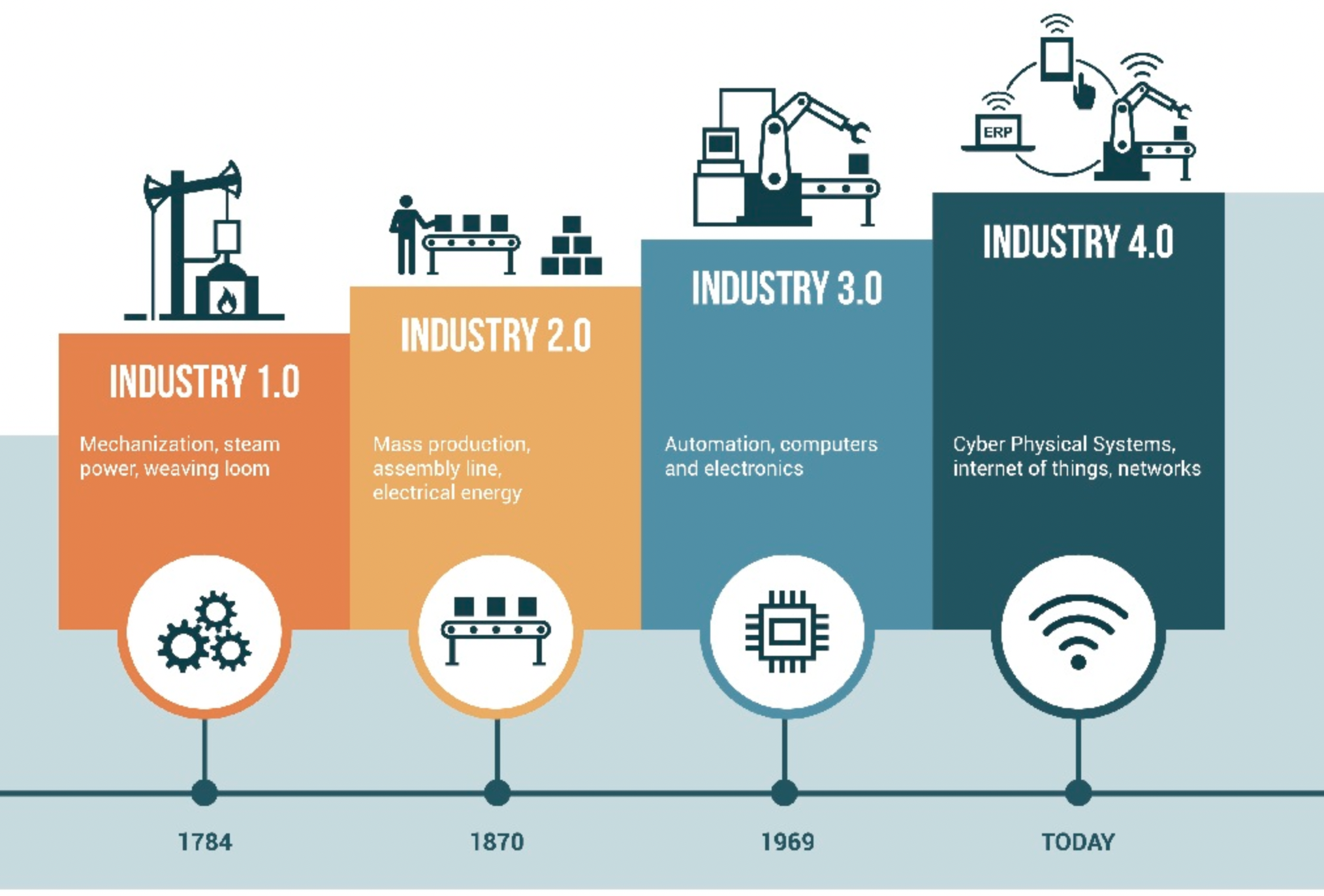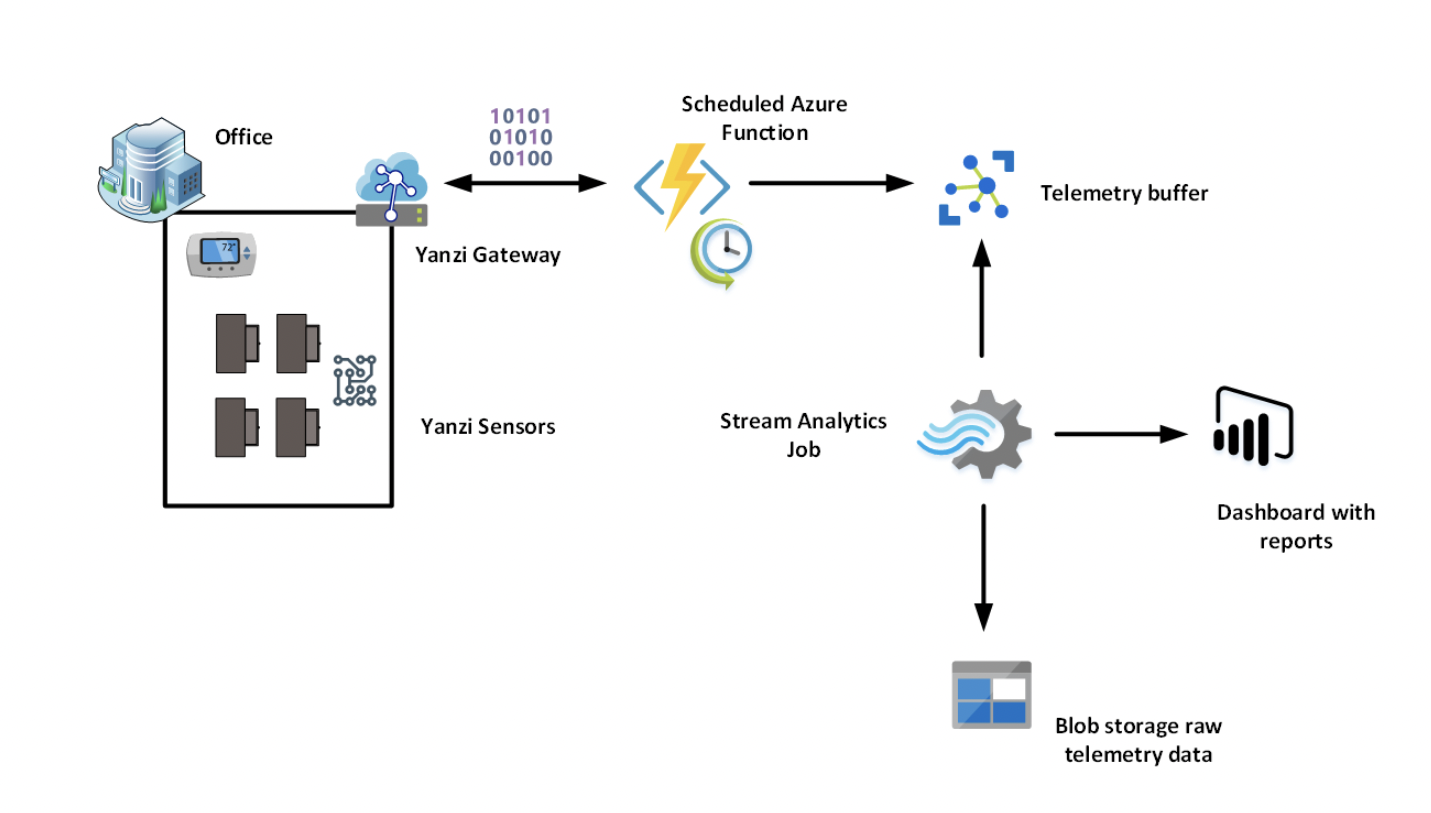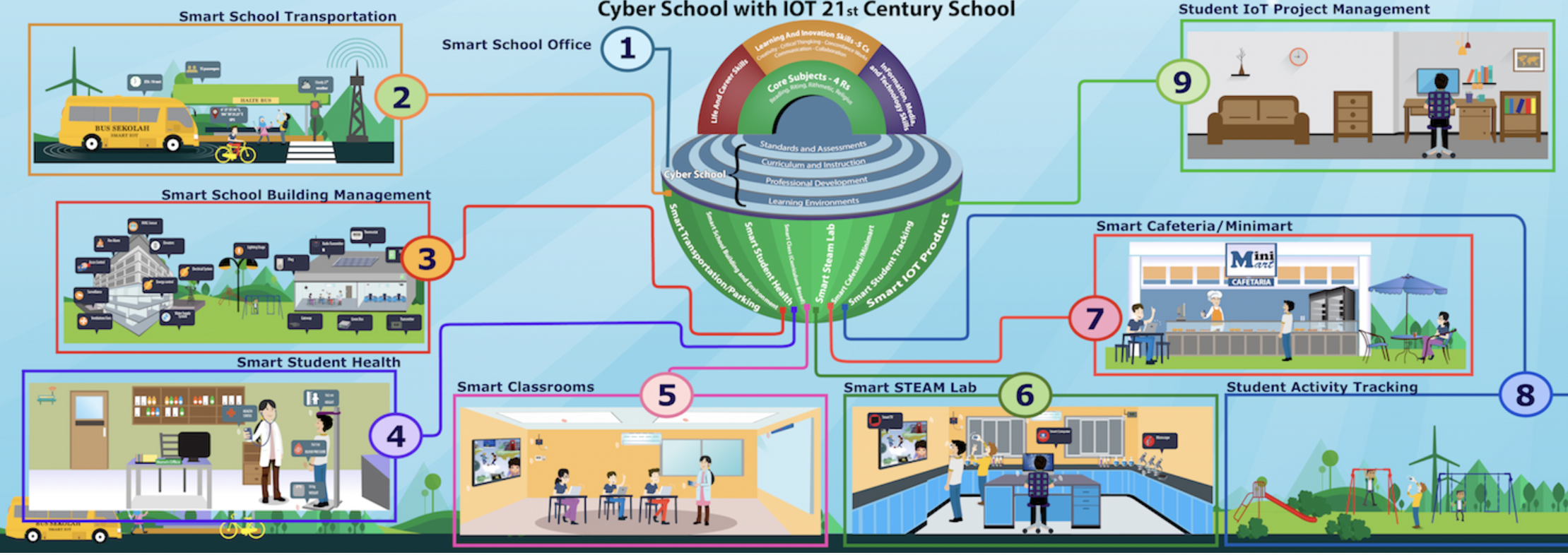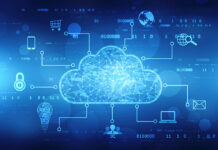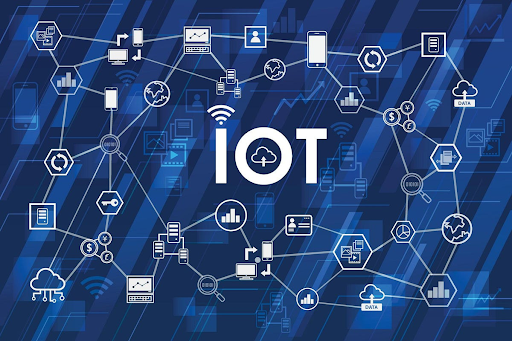
The Internet of Things (IoT) is no less than a revolution today that drives ongoing digitization. It’s bringing innovation in all aspects of life. Be it providing assistance in healthcare or self-driving cars, IoT is everywhere now.
Considering the last two pandemic years, IoT has undoubtedly taken an indispensable space in the market, and it’s growing day by day. The latest market stats show that the IoT market size will grow to around 2 trillion dollars annually by 2027.
Worldwide Expenditure on IoT Technology. Source: Statista
However, IoT is booming constantly in the market. In 2022, we will have billions of internet-connected devices. So, what Internet Of Things trends can we expect in the coming years? My blog post will discuss some of the top IoT trends that we think will dominate the IoT landscape in 2022. So, let’s get started.
Top 15 Internet of Things (IoT) Trends for 2022:
1. More Connected Devices than Ever Before
The number of connected devices is booming, and this trend will continue for the foreseeable future. We’ll have more than 14 billion IoT-connected devices in 2022, up from 2 billion in 2021. This growth means that businesses will have more opportunities to innovate with new products or services based on data gathered from these sensors across all industries, including manufacturing, automotive, transportation, and retail.
In addition to the number of devices, there will also be a shift towards more connected devices. By 2022, around 80% of all devices will be connected to the internet. This increase in connectivity means that businesses will need to focus on security and privacy more than ever before.
Key Takeaway-
“IoT will see a surge in connected devices, with over 80% online by 2022”.
2. Increased focus on Security and Privacy
The growing number of connected devices makes security and privacy a major concern than ever before. Security breaches can cause significant damage to businesses, so they’ll be investing more resources into securing their IoT networks from hackers or cybercriminals looking to steal data or disrupt operations by taking control over connected devices.
For example, in 2020, hundreds of thousands of IoT devices were seized by a hacker group and used as part of a massive denial-of-service (DDoS) attack that disrupted many major websites worldwide.
IoT networks need to be protected against these types of attacks. So companies will invest more time and money into security measures such as implementing strong passwords, using encryption technology to safeguard data sent over networks (such as SSL/TLS), and installing firewalls at strategic points within the network architecture.
Key Takeaway-
“Security and privacy will be a top priority as they continue to connect more devices to the internet”.
3. The Rise of Edge Computing
As the number of connected devices proliferates in the market, so does the need for more data processing power. It is where edge computing comes in.
Edge computing is the practice of moving some or all of the data processing and analysis away from the centralized servers and closer to the data source.
It decreases the load on centralized servers, improves performance, and makes it easier to process data in real-time as it is collected.
For example- Consider how a factory floor can stream data from hundreds or even thousands of sensors in real-time. Instead of sending all that raw data to the cloud for processing, edge computing allows companies to analyze it right at the source and only send processed information back up into their centralized systems as needed.
Key Takeaway-
“Edge computing will become more popular as the number of connected devices increases”.
4. The Continued Growth of Artificial Intelligence and Machine Learning
Artificial Intelligence (AI) and Machine Learning (ML) will continue to grow in popularity. By 2026 AI revenue will reach $23 billion. Data, advancements in algorithms and computing power, and the growing demand for AI-enabled solutions in all industries are fueling this robotic technology’s demand in the market
Machine learning is Artificial Intelligence’s subset that teaches computers to learn from data and make predictions without being explicitly programmed. It identifies patterns in data, predicts future events, or classifies objects. Many industries, such as healthcare, finance, manufacturing, and retail, already use AI and ML.
For example, hospitals use AI to improve patient care by predicting patients’ risk of heart conditions or infections. Banks are using machine learning algorithms to detect fraudulent transactions. And manufacturers are using AI to improve product quality and predict equipment failures.
Key Takeaway-
“AI and ML usage will grow more due to the availability of data and advancements in technology”.
5. The Rise of Blockchain Technology with IoT Devices-
Blockchain is a technology platform that allows data distribution without copying them. It has been used primarily for cryptocurrencies like Bitcoin or Ethereum, but it’s finding use in other industries as well.
For example, Blockchain can help ensure patient privacy in the healthcare industry and prevent people from accessing their medical records without permission. In finance, it verifies transactions and prevents fraud. And in manufacturing, blockchain is being used as a way of tracking products through the supply chain.
Key Takeaway-
“Blockchain will continue to grow in popularity as more industries realize its potential for providing security and transparency”.
6. Wearable technology will Continue to Rise in Popularity.
Wearables are devices that humans can wear on their bodies. These include smartwatches, fitness trackers, and other wearable technology such as virtual reality headsets or smart glasses.
The popularity of wearables is growing at an impressive rate- According to Statista, the number of people who use a wearable device in 2022 will reach 560 million.
The main drivers of this growth are:
- The increasing number of connected devices.
- The decreasing cost of wearable technology.
- The growing demand for health and fitness-related wearables.
Key Takeaway-
“Wearable technology will continue to grow in popularity, especially as more data becomes available and the demand for wearable devices increases”.
7. Expansion of 5G networks for Enhanced Connectivity
The fifth generation of wireless networks, or “fifth-generation” (or “fifth-gen”) networks, is currently being developed. These networks will eventually replace the current fourth-generation (or “fourth-gen”) LTE networks.
One of the critical benefits of fifth-gen networks is handling more data and providing faster speeds. It will become essential for IoT applications, which are often data-intensive.
In addition, fifth-gen networks will handle more devices simultaneously, making them ideal for use in large settings such as factories or airports. They will also be more resistant to interference and provide better coverage in rural areas.
Key Takeaway-
“The expansion of fifth-gen networks will enable more IoT devices to be connected, which will drive growth for the overall IoT market”.
8. Smart Retail with the IoT Devices for Shopping Experience
The retail industry is currently in the midst of a significant transformation. Brick-and-mortar stores face competition from online retailers, and as a result, they need to find new ways to compete.
Brick-and-mortar stores are fighting back by using IoT devices in their stores to provide better customer experiences and keep up with the changing retail landscape.
For example- Retailers are using IoT devices such as RFID tags (radio frequency identification) to track inventory levels and alert employees when items need restocking, which helps improve efficiency and reduce costs. They’re also using IoT sensors on shelves to detect expiration dates and track product movement, which helps improve stock management.
And in the future, retailers will use more advanced IoT devices such as virtual reality headsets or augmented reality glasses to provide immersive shopping experiences that cannot be replicated online.
Key Takeaway-
“Retailers are beginning to use IoT devices to improve customer experience and keep up with the changing retail landscape”.
9. Smart Cities and the Future of Urban Planning
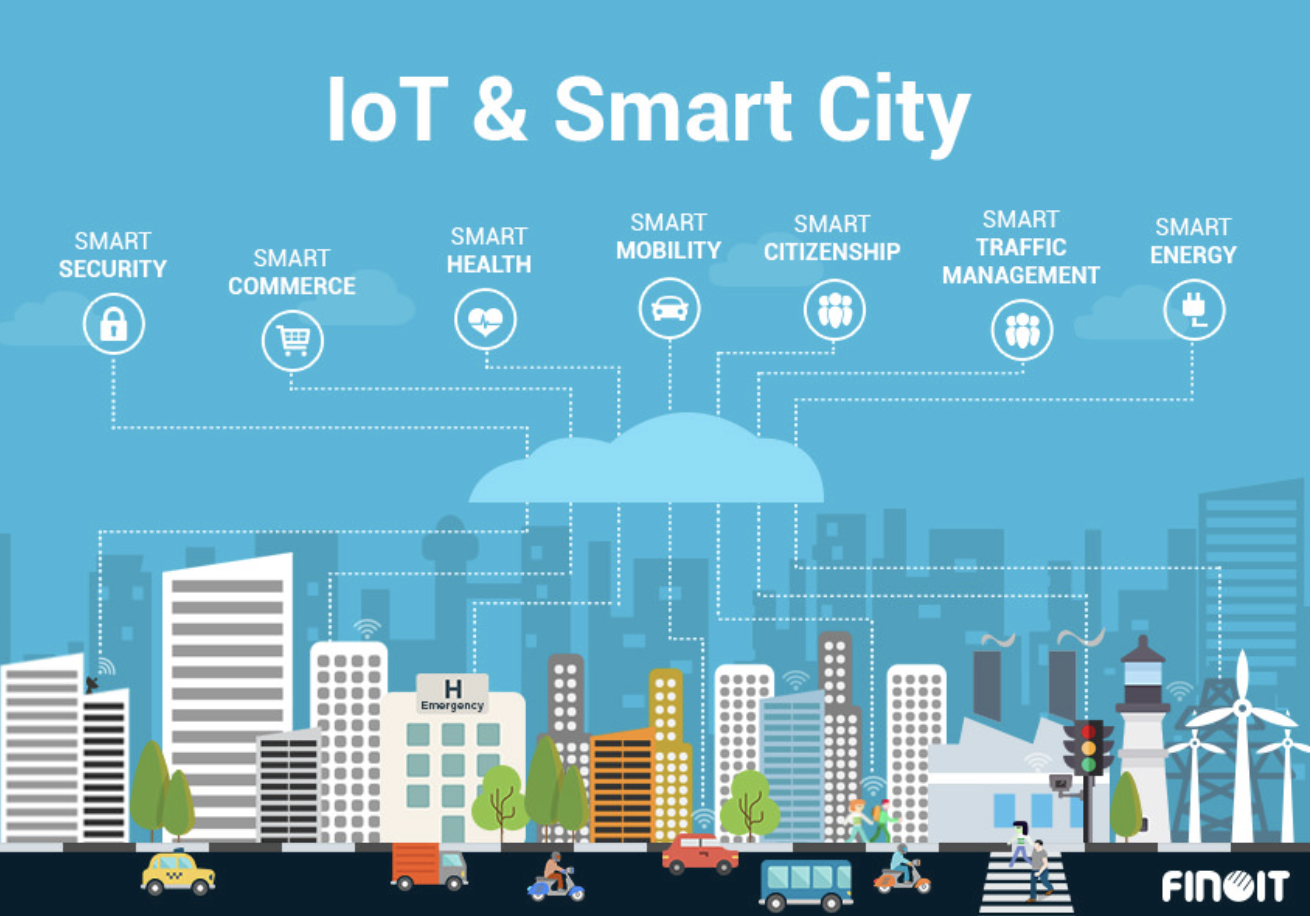
For example- Traffic lights are being equipped with sensors that detect the presence of pedestrians and vehicles. This information is then used to adjust signal timing accordingly, which helps improve traffic flow and reduce congestion.
In addition, cities are using IoT devices such as air quality monitors or water quality testers to collect data on environmental conditions in real time. This data can be shared with residents, so they know what’s happening in their neighborhood.
Key Takeaway-
“Cities use IoT devices to improve urban planning, traffic management, public safety, and other aspects of city life”.
10. Healthcare IoT will Become Mainstream
IoT devices are changing the healthcare industry, especially for patients with chronic diseases. For example, patients with chronic diseases often need to regularly track their health data (such as blood pressure, heart rate, or glucose levels). IoT devices make this process much easier by automatically tracking and recording the data.
In addition, patients can use IoT devices to communicate with their doctors. They can send real-time information about their symptoms or responses to treatment directly from an IoT device (such as a wearable) instead of having to wait until they see the doctor in person.
Key Takeaway-
“IoT makes it easy for patients with chronic diseases to track and communicate their health data”.
11. Autonomous Driving will be a Reality with IoT.
Self-driving cars are no more thought of the future. They’re becoming a reality, and they’ll be using IoT devices to help them get there.
For example– Cars will use IoT sensors to detect obstacles on the road and avoid collisions. They’ll also use IoT data to map their surroundings and find the best routes to their destinations.
In addition, cars will use IoT devices to communicate with other vehicles and infrastructure on the road. This type of communication could help avoid accidents or traffic jams by alerting drivers when there’s an issue ahead of them in real-time.
Key Takeaway-
“Self-driving cars are becoming a reality, and they’ll be using IoT devices to help them get there”.
12. Growth of Smart Homes with IoT Devices
Smart homes are becoming more common day by day as people realize that they can use IoT devices to monitor and control their home’s lighting, heating, cooling, security systems (and so on).
For example- People can use IoT devices to keep track of when their homes are unoccupied and automatically turn off lights or appliances that aren’t being used. They can also set the temperature they want their thermostat to run while away from home. So it doesn’t get too hot during the summer months or too cold in the wintertime.
Key Takeaway-
“People can use IoT devices to monitor and control their homes’ lighting, heating, cooling, security systems”.
13. Automation of Manufacturing Process with IoT Devices
IoT devices automate manufacturing processes by collecting data from machines and then analyzing that information in real-time. It helps manufacturers identify problems with machines and production lines to fix them before they cause more significant issues.
For example- IoT devices can monitor the temperature of a machine. If there is an overheating issue, this information will alert workers before something breaks down or catches fire.
In addition, IoT devices can collect data such as how long it takes for items on an assembly line to move from one station to another (which means they know the ideal speed for that line). This data can help in improving the efficiency of the manufacturing process.
Key Takeaway-
“IoT devices automate manufacturing processes by collecting data from machines and analyzing that information in real-time”.
14. The Future of Workplace with the Internet of Things
Azure IoT – Building a Smart Office Solution
Workplaces are adopting IoT devices to improve productivity, efficiency, and safety.
For example- Employees can use wearable devices such as smartwatches or glasses that track their health data and alert them when they need a break from work.
In addition, these types of devices allow employees to communicate with each other more easily. If a worker is stuck on a task can ask for help from a co-worker by sending them a message directly from their smartwatch.
Key Takeaway-
“Workplaces adopt IoT devices to improve productivity, efficiency, and safety”.
15. The Greater Impact of the IoT in Education
IoT devices can help students learn more better. They can use these devices to track their progress on assignments or tests, keep up with homework assignments and deadlines, and communicate with teachers/professors outside of class time.
For example- Teachers might use a sensor that monitors the temperature of their classroom, so they know when it gets too hot or cold for students; this allows them to adjust accordingly.
Key Takeaway-
“IoT can help students learn more efficiently and effectively”.
Also Read: IoT and Broadband Internet Trends for Smart Home Owners and Businesses
Final Takeaway
IoT technology will continue to grow rapidly over the next few years, with more applications getting developed every day for consumers and businesses alike!
As of now, IoT technologies are changing the way we live and work. In a few years from now, these devices will be part of our daily lives – think about how much you already use your phone or laptop! The next generation will grow up with IoT technology as their norm; it’s exciting times for sure.
So, if you haven’t joined the IoT revolution yet, then it’s high time to embrace it and experience your benefits. For better guidance, you can also reach out to an IoT app development company in India. They can guide you with all the latest IoT trends in 2022 and beyond.
Good Luck!

